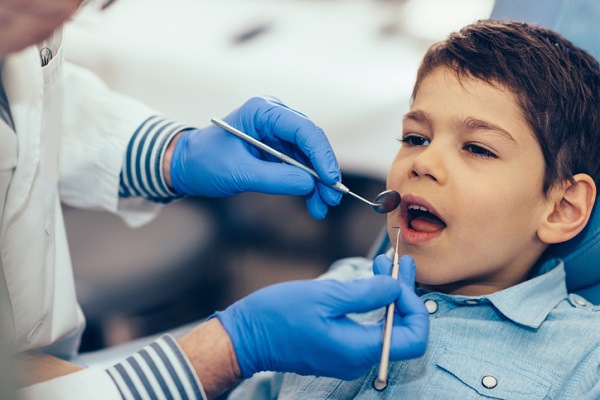Our hands are exposed to dirt and germs in almost any daily task. Consider the keyboards, smartphones, and doorknobs that you regularly come in contact with, and you’re only beginning to scratch the surface of the bacterial threat posed. Hand hygiene is particularly important in a dental profession because it reduces the potential transmission of dangerous organisms to and from patients.
The World Health Organization cites hand hygiene as a simple, low-cost and effective way to prevent or control the outbreak of a healthcare-associated infection (HAI). It estimates that hundreds of millions of patients are affected by HAIs every year, but robust hand hygiene practices can go a long way to restricting this problem in a dental clinic. Here are some simple tips to keep in mind during your restorative hygiene career.
Make Hand Hygiene a Regular Feature in Your Working Day
Hand hygiene should be a habit that you subconsciously undertake many times in a dental workplace. Professionals working in a dental clinic start off the day with a thorough hand washing. They will spend much of the day wearing plastic gloves, but these products aren’t a complete infection deterrent on their own. The heat and moisture generated under the gloves help to breed bacteria and viruses, while cracks in the glove can also allow pathogens to break through.

Graduates of a restorative hygiene program should therefore wash their hands when they are soiled, before and after putting on gloves, when gloves are damaged, before and after eating, and after using the bathroom. This might seem like a significant undertaking, but it becomes second nature to dental professionals in the workplace.
Using Soap and Other Disinfectants After Restorative Dental Hygiene Training
Dental clinics should look out for industry-dedicated soap products for regular hand cleaning. Plain soaps are useful when hands are visibly soiled. Make sure to avoid using bars of soap, however, because these products are more likely to contain dangerous microbes which can multiply between uses. Anti-microbial soap is dedicated to killing micro-organisms, but it can dry out hands a bit quicker than conventional soap products.
Alcohol rubs should also be included in hand hygiene best practices. This product is convenient because it doesn’t require the use of water, and it dries out almost instantly. It’s an excellent option for killing microbes, but it isn’t sufficient for use on visibly soiled hands.

How to Wash Hands Thoroughly in the Workplace
The hand is a complex body part with many potential areas for microbes to lurk. Washing hands is a relatively simple task, but dental professionals and students in restorative dental hygiene training avoid complacency by following a strict routine.
Once lather has been formed with the soap and water, rub both palms together before then rubbing the back of both hands. Follow both those steps again with the fingers interlaced before then washing the back of the thumbs. Don’t forget the dirt hidden underneath the fingertips, so rub them against the palm of your hand. If automated hand driers aren’t available, use a disposable towel to thoroughly dry your hands.
Look After Your Skin Between Hand Washes
Hand hygiene doesn’t end once you’ve washed them with soap or alcohol. Regular moisturization is important too. Skin can become dry and painful after hand washing, and cracks are also a potential breeding ground for harmful bacteria. Moisturize regularly to prevent such problems, but make sure to use products which are dedicated to healthcare professionals.
Restorative hygiene courses are a great place to learn new industry skills.
Find out more about the comprehensive program available at CADH.


